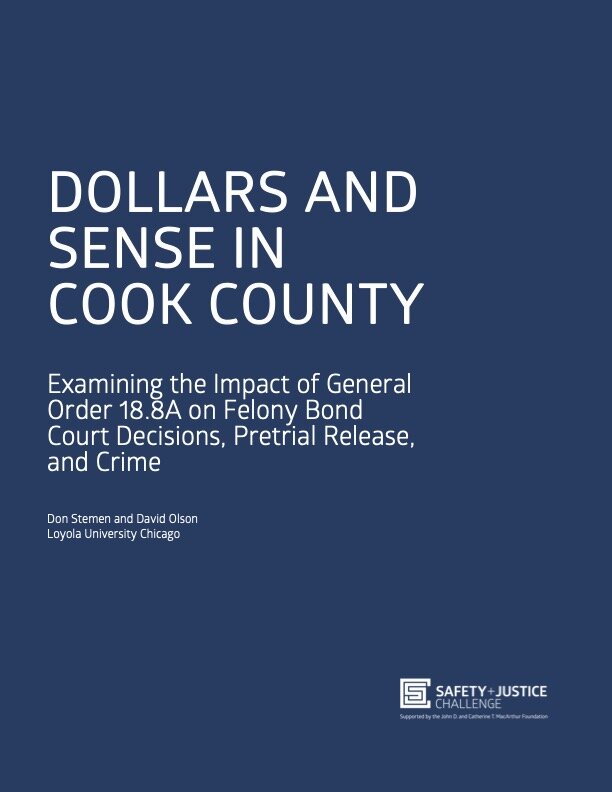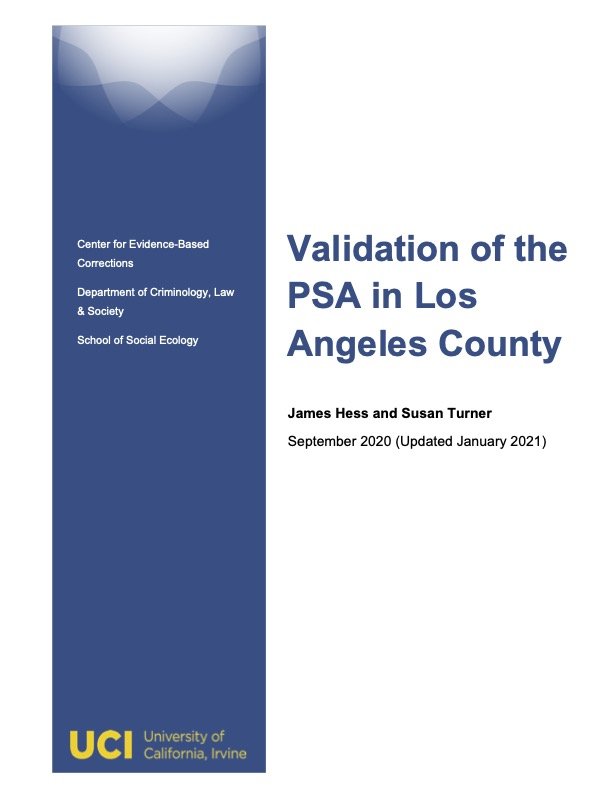By Christopher Lowenkamp, Matthew DeMichele, and Lauren Klein Warren
This report presents findings related to impacts associated with criminal justice improvements underway in Lucas County, Ohio. The current report, however, focuses on impacts related to one of Lucas County’s initiatives - the use of the Public Safety Assessment (PSA). The report shows that Lucas County made serious reductions to the number of people booked into jail during the post-PSA period. For the entire seven-year study period, of those released pretrial, 27% experienced a failure to appear (FTA), 17% were arrested for any offense, and 5% were arrested for a violent offense during the pretrial period. There were reductions in the pretrial outcomes between the pre- and post-PSA periods: a six-percentage point decrease in FTA rates (30% vs. 24%), a five-percentage point decrease in new criminal arrest (NCA) rates (20% vs. 15%) and a two-percentage point decrease in new violent criminal arrest (NVCA) rates (6% vs. 4%). The results demonstrate that the PSA meets standards of predictive validity. For the three scales, we found that the Area Under the Curve (AUC) values are in the good (NCA) and fair (NVCA and FTA) ranges, there is incremental increase in failures as scores increase, and significant increases in the predicted likelihood of failure as scores increase across a series of regression models. The report shows that the PSA meets validity standards used for criminal justice assessments, and the report includes tests for predictive bias.
Advancing Pretrial Policy and Research, 2020. 84p.





















